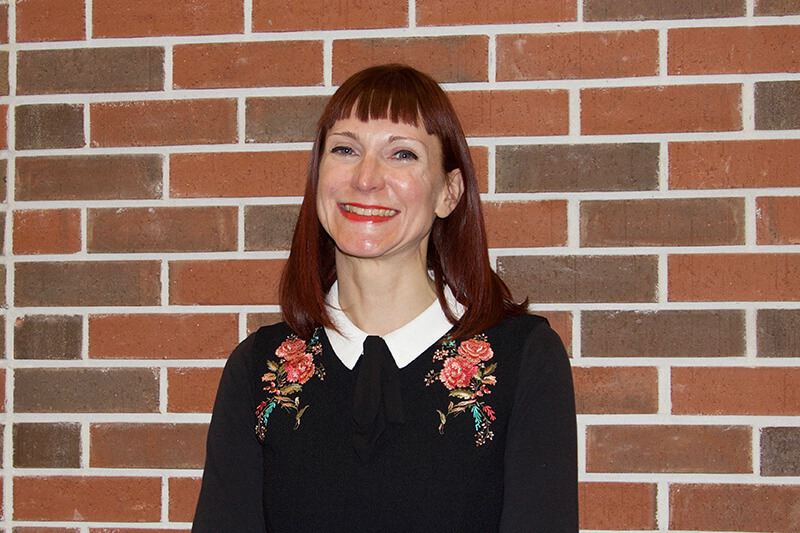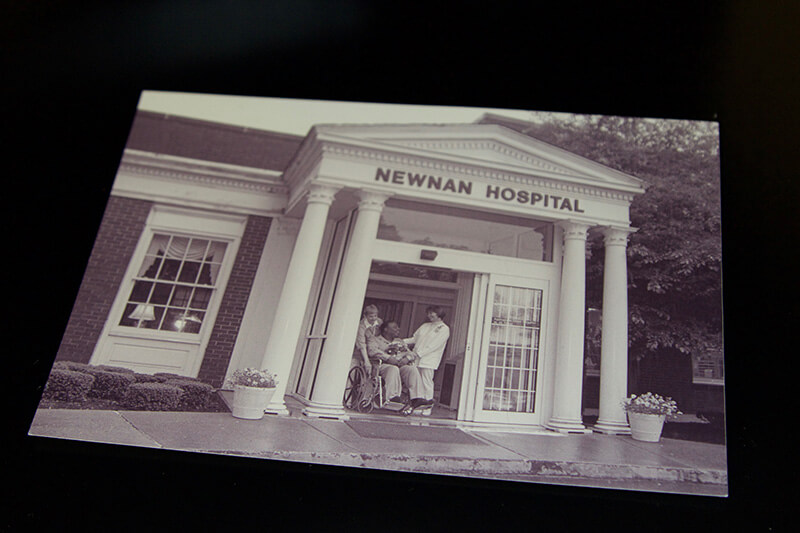Do Ghosts Really Exist?
Are those things that go bump in the night real? They could be, according to Dr. Christine Simmonds-Moore, researcher and professor of psychology at University of West Georgia.
UWG Newnan recently hosted a fundraiser event, “Spirits with the Spirits,” offering an educational perspective on paranormal experiences and possible explanations for “ghostly” phenomena.
The lack of rational explanation has contributed to why ghost experiences have fascinated humanity for thousands of years. Today, we see countless television shows, movies and stories surrounding the topic. With 13 percent of the population having ghostly encounters, it is no wonder why there is such appeal.

“These experiences appear to be fundamentally human; across cultures and history, you see reports of ghosts,” stated Simmonds-Moore.
Though the media may try to provide explanations of these experiences, there is actually an entire area of psychology dedicated to exploration, research and understanding of these phenomena.
Simmonds-Moore explained that when considering phenomena such as telepathy, clairvoyance, psychokinesis, extrasensory perception or precognition, it is fundamental to wonder about the nature of consciousness.
“Can consciousness interact with another consciousness? Can consciousness interact with information? Can consciousness translate time and space? Can consciousness interact with matter? Can consciousness, in some way, exist separately from the body even beyond death?” she asked. “These are questions that have fascinated many human beings basically since we have been around.”
Although there has been research conducted on ghosts, there is still a long way to go. The very nature of ghosts makes it difficult to properly measure.
This semester, Simmonds-Moore is teaching a class based solely on the topic of ghosts.
“What we have realized is that ghosts are actually a family tree of interconnected phenomenon, not just one thing,” she explained.
There are numerous ways someone can experience a ghost. The encounter can be visual, auditory, tactile or it can even be unexplainable by our usual senses.
“Sometimes there is no actual evidence that there is a ghost,” she stated. “There may just be a sense of a presence. There is often a strong sense of something or someone being there, and it might be watching you.”
When trying to comprehend the different kinds of ghosts possible, Simmonds-Moore suggests we have to think beyond the stereotypical idea of a ghost sighting.
“There are different ways of how a ghost can be experienced,” she said. “There are ghosts that seem to be more associated with the living, and others seem to be associated with people who are dying or deceased.”
She explained ghosts of the living could be in the form of out-of-body experiences. These can come from dream states, states of crisis or even in states of coma.
“Witnesses have observed visual figures leaving the body at the point of death,” she said. “We also have post mortem apparitions, where someone is bereaved and visited by a deceased loved one. Sometimes there is a message the deceased loved one has to give them.”
There are also the classic ideas of ghosts. This may include an older building, with ghosts in dated clothing, going about their business as if they were in their own time. The ghosts seen in older buildings are often not personally known by the observer, whereas other times a ghost could be familiar to the observer.
“Considering all the forms ghosts come in, there is really a whole family tree of different types of ghosts,” she said. “I think we need to expand what we are talking about when we say, ‘Do you believe in ghosts?’ because there are many types of ghosts out there.”
One thing that is clear from Simmonds-Moore’s presentation is these phenomena are complicated, and there may not be a clearly defined answer. That being said, she offered various possibilities to consider.
“We might have pre-existing beliefs about ghosts, stories or context that can drive what people experience,” she explained. “There has been research in psychology that supports that. There is something about beliefs that can drive what you are likely to experience.”
Another explanation to consider comes from our human nature to make meaning out of things. Humans tend to weave things into stories, and this a behavior known as apophenia.
“Apophenia is the tendency to see or hear things that aren’t there,” she stated.
She provided an example of someone staring at the clouds long enough; eventually, the clouds will seem to take the shape of an object, such as an animal.
“The messages aren’t actually there, but we are making meaning from them because that is what we do,” she explained.
There are many pieces to the puzzle when considering the whole picture of ghostly phenomena. In respect to older buildings, Simmonds-Moore explains there could be a rational explanation for feeling a sense of presence.

“What is mysterious about old buildings that are close to roads with a lot of traffic, or close to heavy machinery, is that the building is more likely to vibrate,” she stated. “Those vibrations can cause something called infrasound. It cannot be heard because of its low frequency, but it is still perceived by the body. You can tell something is there, and humans try to make sense of these things. The mind may label this stimulus as a ghost.”
There is a theory called the perceptual theory of ghosts, suggesting there are ghosts around us all the time, but we usually aren’t in a state of mind where we can perceive them. There is also a theory, placed memory theory, suggesting traumatic or highly meaningful experiences can be connected to a space.
“In sensitive people there is a very interconnected nervous system,” she explained. “There are thinner psychological boundaries and more information that is unavailable to conscious awareness actually becomes available.”
The vast range of explanations and theories for ghosts vary from aspects of personality, extrasensory perception, to environmental factors and beyond. But, as Simmonds-Moore mentioned, more research needs to be done.
“So, you’re wondering if ghosts are real?” she asked. “This is an ancient topic, yet a very new topic in terms of academic research. I think evidence suggests that ghosts might be both physically real and imaginary. Both things are coming into play.”
